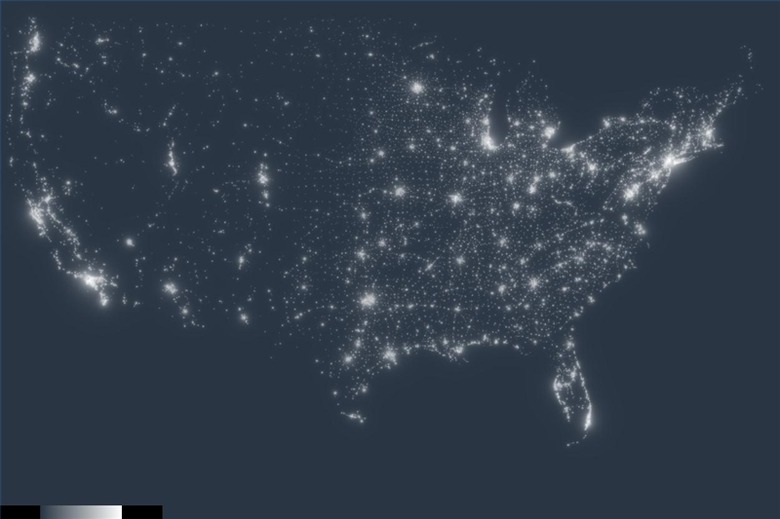The Best Places To Stargaze
The best places to stargaze are away from big cities and towns because the light "pollution" from streetlights, advertising, factories, stores and homes makes it harder to see the night sky. The very best places are at higher altitudes and in drier climates, places with less moisture and fewer particles in the air.
Darkness
Darkness
Escape from the city lights. Seek the darkness. Choose a place that is safe and easily accessible at night. Good places to go include state parks, the beach, lookout or observation points and hilltops or mountainsides. If you can't get totally away from light sources, pick the darkest area you can find that has a clear view of the sky. The roof of a tall building might be above most of the city lights (just be sure you have permission to be there.)
Deserts
Deserts
Deserts are great places to stargaze. The dry air and lack of built-up areas provide an uninterrupted night sky experience. If you want the advantage of big telescopes along with the darkness, make a reservation at Kitt Peak National Observatory, about an hour and a half outside of Tucson, Arizona. Natural Bridges National Monument and Bryce Canyon, both in Utah, are also excellent dark desert sky destinations. Wherever you go, remember that deserts get cold at night, even in the summer.
Islands
Islands
Hawaii has a reputation as one of the premier places to stargaze. Geography has provided the island with a 2,500-mile light-free buffer zone and a stable atmosphere overhead, so the stars look clearer, even to the naked eye.The island of Molokai is a particular favorite of stargazers and Mauna Kea Observatory on the big island of Hawaii is the world's largest. Closer to the mainland, California's Channel Island, the San Juan Islands of Puget Sound and the coastal islands of Maine, North Carolina and Georgia can all provide delicious darkness for stargazers.
Mountains
Mountains
Yosemite National Park in California, Flagstaff, Arizona, and Greenbank, West Virginia, are all committed to preserving a dark sky for stargazers. Most mountain campground locations in the Rocky Mountains, the Sierra Nevada range and the Tetons have dark sky and an abundance of clear weather for stargazing. Olympic National Park and the Cascade Range in Washington state can often provide surprisingly good stargazing opportunities, as visitors often find themselves above the prevailing cloud cover.
Prairies and High Plains
Prairies and High Plains
There is a good reason Montana is called "'Big Sky Country." The high plains and prairies of the central United States can provide great views of vast unobstructed skies. Montana and Wyoming both have legislation pending to set standards limiting light pollution. The Dakotas, Nebraska, Kansas, Oklahoma and Texas all have plenty of wide-open spaces, perfect for stargazing. Local stargazers suggest finding a shallow hill as humidity, which can fog the view of the night sky, often decreases noticeably with as little as a 35- or 40-foot increase in elevation.
Cite This Article
MLA
Swenson, Paula. "The Best Places To Stargaze" sciencing.com, https://www.sciencing.com/places-stargaze-5180337/. 24 April 2017.
APA
Swenson, Paula. (2017, April 24). The Best Places To Stargaze. sciencing.com. Retrieved from https://www.sciencing.com/places-stargaze-5180337/
Chicago
Swenson, Paula. The Best Places To Stargaze last modified March 24, 2022. https://www.sciencing.com/places-stargaze-5180337/
